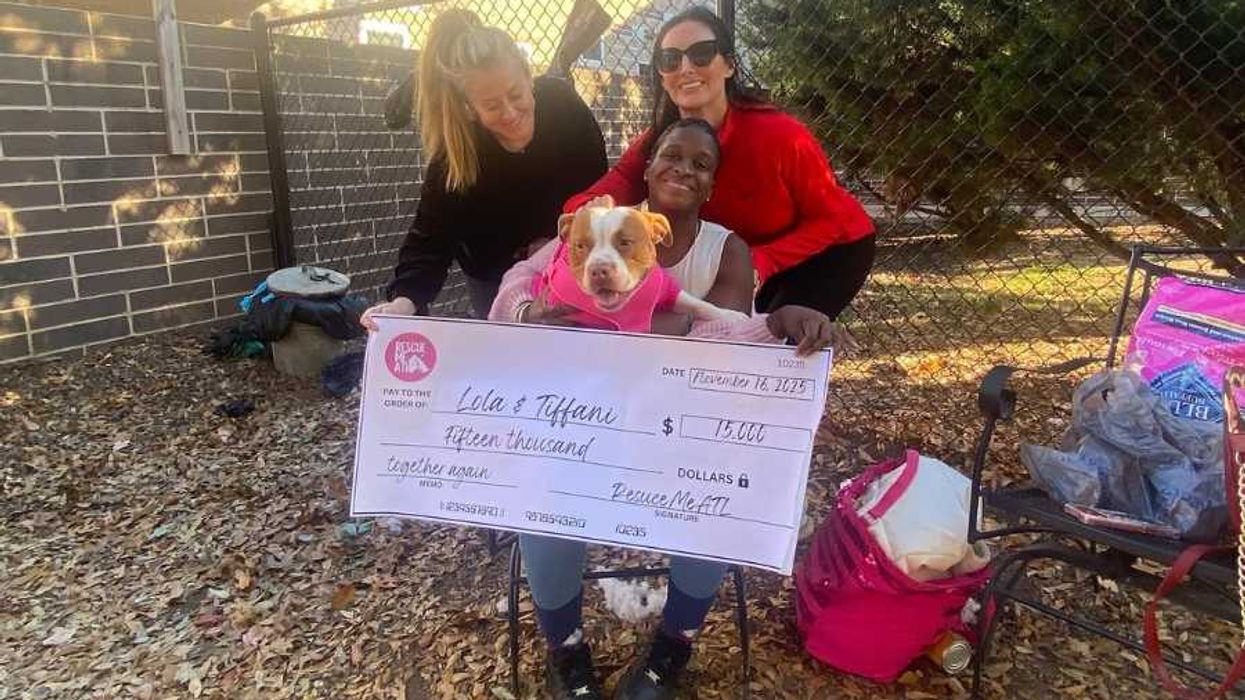Visitors to Los Angeles’ Boyle Heights might be surprised to learn that the now predominantly Latino neighborhood was once home to a vibrant Jewish community. Once filled with Jewish tailors and kosher bakeries, the Jewish community dwindled after World War II as residents began to move west. Formerly Jewish spaces were put to other uses, as one by one, the businesses and community centers closed their doors. The former Menorah Center on Wabash Avenue in City Terrace became the Salesian Boys and Girls Club, Brooklyn Avenue was renamed Cesar Chavez Avenue, and former synagogues were reincarnated as churches.
The neighborhood’s largest synagogue, the Breed Street Shul (shul is Yiddish for synagogue), was the last to close its doors. Once “the center of the Jewish universe in Los Angeles,” according to Sherry Marks, the Executive Director of the neighborhood’s Breed Street Shul Project, the synagogue retired its main brick building in the mid-1980s after an earthquake left it with a gaping hole in the roof and no funds to fix it. In 1996, with almost no Jews left in the area, the synagogue’s smaller building also ceased holding religious services.
With its gates shuttered and no community to take care of it, the buildings fell into further disrepair, providing a haven for gangs and drug use, and eventually becoming foreclosed upon by the City of Los Angeles. Despite being designated as a City of Los Angeles Historic-Cultural Monument in 1988, the shul was now in danger of demolition. But sustained efforts by the Jewish Historical Society convinced the city to let them and their newly created subsidiary, the Breed Street Shul Project, rehabilitate the buildings and, through them, breathe new life into one of Los Angeles’ most crime ridden, low-income communities.
The Breed Street Shul Project spent two years talking to anyone and everyone, trying to determine how to best remake the space. “They interviewed individuals who had been members of the shul and had lived in Boyle Heights, as well as current residents, members of other neighborhood non-profits, and Jewish organizations, really trying to get a sense of what the general feeling of what the building should be,” Marks told me. “What they decided, with the help of all this input, was that it should be a center for arts, culture, and education, and to bring social services to the neighborhood.”
With the help of a dedicated (and decorated) Board, including Vice President of Legal Affairs, Original Programming for HBO, Stephen J. Sass, and Professor of American Studies and Ethnicities at the University of Southern California, George J. Sanchez, the organization has already hosted a number of successful neighborhood events like the Boyle Heights Community Youth Orchestra’s Winter Concert, a pre-Grammy party honoring Boyle Heights-nominated musicians, and a book launch for Jewish author Janice Steinberg’s novel, Tin Horse.
Without a doubt, there's still a lot of work to be done to bring the buildings back to their former glory, and the Breed Street Shul Project is just beginning to implement their plans. But already, the shul is having an impact. As Michael Hudson, the musical director of the Youth Orchestra told the L.A. Times in December, "It's not just a music program, it's a social change program," he said. "You create music and equality and greater opportunities for these children."
Hang out with your neighbors on the last Saturday of April (a day we're calling "Neighborday"). Click here to say you'll Do It, and here to download GOOD's Neighborday Toolkit and a bunch of other fun stuff.
Images courtesy of Breed Street Shul Project















 Otis knew before they did.
Otis knew before they did.